
Famous attraction in the Netherlands: flower meadow with tulips.
Country series: The Netherlands needs a strong commitment to renewable energy
The Netherlands' actual cuts in greenhouse gas emissions have been small in recent decades. When the government lost a climate change lawsuit, it forced a new national climate agreement that should get the country back on track. This includes, among other things, cuts in gas consumption and a strong commitment to renewable energy.
Trade, industry and agriculture form the cornerstones of the Dutch economy. Industry is largely based on the import of raw materials which are processed and then exported. Much of the trade in and out of other EU countries also goes via the Netherlands, not least because of the country's important ports.
However, its dependence on international trade makes the Netherlands vulnerable to fluctuations in the world economy. The country was hit hard by the financial crisis in 2008, which also put climate policy on hold.
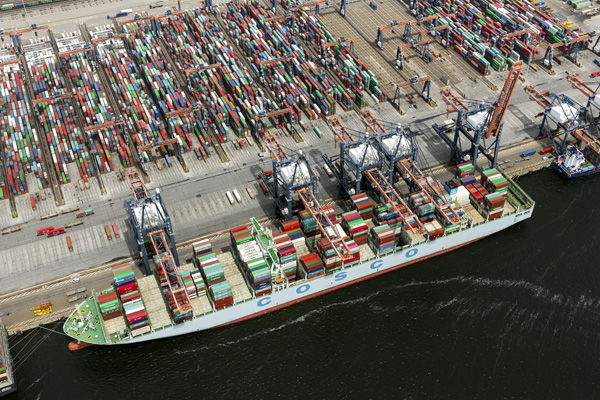
Climate on hold
Although no country has been able to ignore the climate crisis in recent decades, many have, for various reasons, delayed dealing with the problems and deferred taking necessary action. The Netherlands is one of them.
According to Eurostat, the Netherlands had a renewable share of 8.8 per cent in 2019 – far from the target of 14 per cent to be met by the end of 2020. And according to the Netherland's climate research institute PBL Netherlands Environmental Assessment Agency, the country is also unlikely to reach its targets for 2030.
Niels van der Linden, head of wind and solar power in Statkraft in the Netherlands, thinks he knows why.
"The economy has determined energy policy in the Netherlands for many years. Our large gas reserves and other affordable energy sources, such as coal, have been important for both business and private households. Renewable energy has been too expensive," he says.
"As a consequence, the transition to renewable energy sources is well behind schedule. If we're to reach our climate goals, there is no way around it. We will need significantly more solar and wind production in the years to come. Fortunately, it seems that both the government and the Dutch people have now realised the seriousness of the situation."

Cheap gas – and coal
The fact that the Netherlands has substantial natural gas reserves has undoubtedly helped to slow down the green shift. According to The Oxford Institute for Energy Studies, gas covers about 40 per cent of Dutch energy needs, compared to 23 per cent in the EU as a whole. Gas is used to heat 95 per cent of private households.
The Netherlands is now facing a gradual phasing out of gas power. The huge Groningen gas field, which is the largest of its kind in Europe, is being shut down after operating since 1959. One of the reasons is the number of earthquakes in the region, which has troubled both the population and the geologists. Consequently, the Netherlands must either become less dependent on gas or increase its gas imports.
"We also have coal power, but that will be phased out by 2030. This means that in the future we must either buy gas from other countries or achieve a green shift to renewable energy and electrification of households, industry and transport," says Valerie van Hagen, a solar and wind power analyst for Statkraft in the Amsterdam office.
"The biggest challenge for the Netherlands is to achieve a fast enough transition from gas to renewable energy sources. Turning industry green will be a challenge. Industry has, until now, largely solved its climate challenges by purchasing emission allowances from other countries, but now there is increasing pressure to cut its own emissions. Another challenge is to convert households to electric or other heating sources. The entire infrastructure is gas-based, so this shift entails a huge cost to Dutch society."
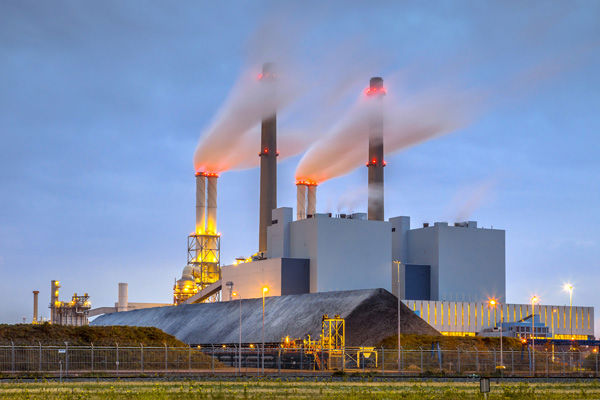
Won climate lawsuit
Although the Netherlands has long lagged behind in its climate measures, politicians were put under new pressure when the activist group Urgenda filed a lawsuit in 2015 to get the state to implement climate measures in accordance with international conventions and its own legislation. In court, the Dutch state was ordered to reduce the country's greenhouse gas emissions by at least 25 per cent from 1990 levels.
The state accepted the decision, but appealed the verdict on principle. The case came up again in 2018 and the Dutch state lost again. According to the court, the climate crisis is such a serious threat to people's lives and health that the state has a duty to ensure that Dutch emissions be reduced as quickly as possible. Activists in many countries have tried similar lawsuits, but it is only in the Netherlands that the state has been ordered to implement climate action.
Climate agreement
To achieve a more proactive climate policy, the government in 2019 implemented a national climate agreement with proposals for measures to reduce greenhouse gas emissions by 49 per cent from 1990 levels by 2030 and make the Netherlands climate neutral by 2050.
The measures include improvements to energy efficiency in 1.5 million existing homes, fossil-free heating in all new homes, zero emission requirements for all new cars by 2030 and an additional carbon tax for industry on top of the EU emission trading system. The government will also subsidise the development of renewable energy until 2025, with a target of a 70-per-cent renewable share by 2030.
Requires local support
The climate agreement has been signed between the Dutch government and a large number of stakeholders in society and business. Niels van der Linden believes this is crucial to the country's success.
"In the Netherlands, it's important to get all stakeholders involved in implementing these types of measures. Not least, it's important to get local communities involved, so the government is delegating responsibility to the regions and asking them to come back with suggestions on how climate targets can be achieved through local measures."
As in many other countries, the green shift does not happen by itself. When coal and gas are to be replaced by wind turbines and solar parks, this creates resistance, even in the Netherlands. People may be fans of renewable energy, but they do not want the wind turbines in their own backyard.
"We're a small and densely populated country and only have limited available land space. Our agricultural sector is among the largest in the world, and the Netherlands is the world's second-largest exporter of agricultural products. Because it's usually agricultural land that is leased to the power plants, a conflict arises between agricultural interests and the need for renewable energy," says Valerie van Hagen.
"In the past, the government decided to develop wind power without people's consent, which created a lot of local conflict and resistance, even threats against wind power developers. Therefore the climate agreement includes a commitment that development will take place with local participation and co-ownership. At Statkraft, we always want local communities involved in the development of new projects. If people are to understand the value of locally produced renewable energy, they need to be heard. Good dialogue and support from local stakeholders is crucial to the feasibility of a project."
Niels van der Linden believes that there are good opportunities for Statkraft to become a bigger player in the Netherlands in the future than it is today.
"The market today is dominated by a few major developers of solar and wind power, and Statkraft isn't among the top ten. We're not necessarily going to be among the biggest, but we have ambitions to grow. The country must increase its focus on renewable energy, and this opens up opportunities for several players – including Statkraft."
Statkraft has so far built one solar park in the Netherlands, Lange Runde in 2017. It was the largest that was built that year, and the company has several others under development. In line with its strategy, Statkraft operates primarily as a developer in the Netherlands and does not wish to own or operate the power plants.

Niels van der Linden is head of Statkraft's Wind & Solar The Netherlands unit. The unit is part of the company's business area Europe.

Valerie van Hagen is a wind and solar power analyst at Statkraft's Amsterdam office, part of the company's business area Europe.
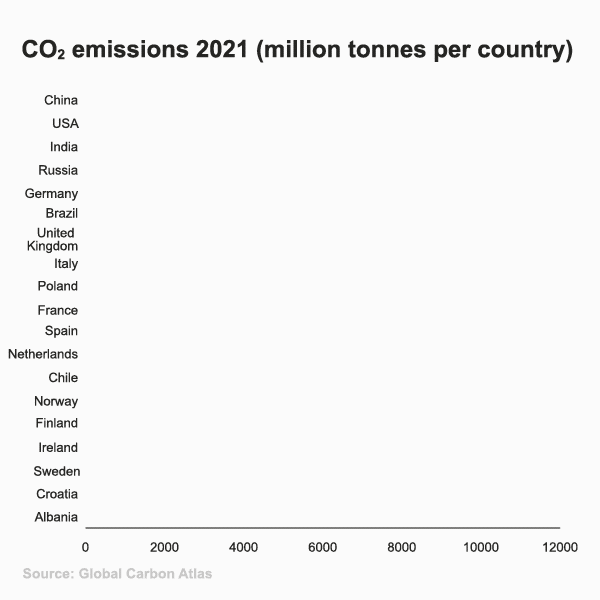
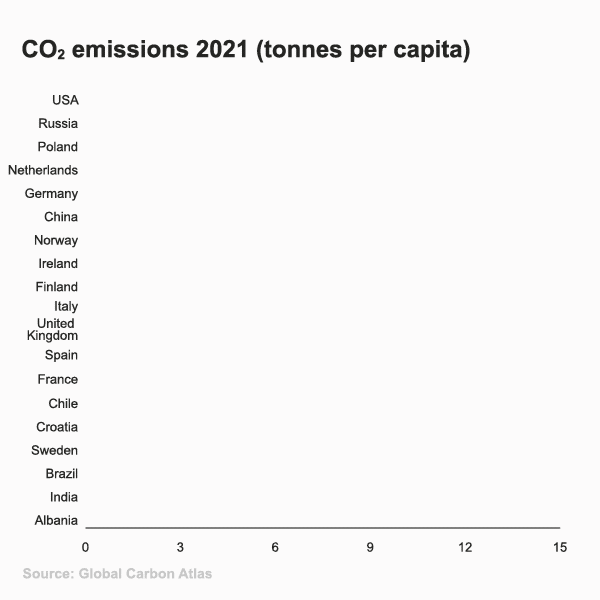
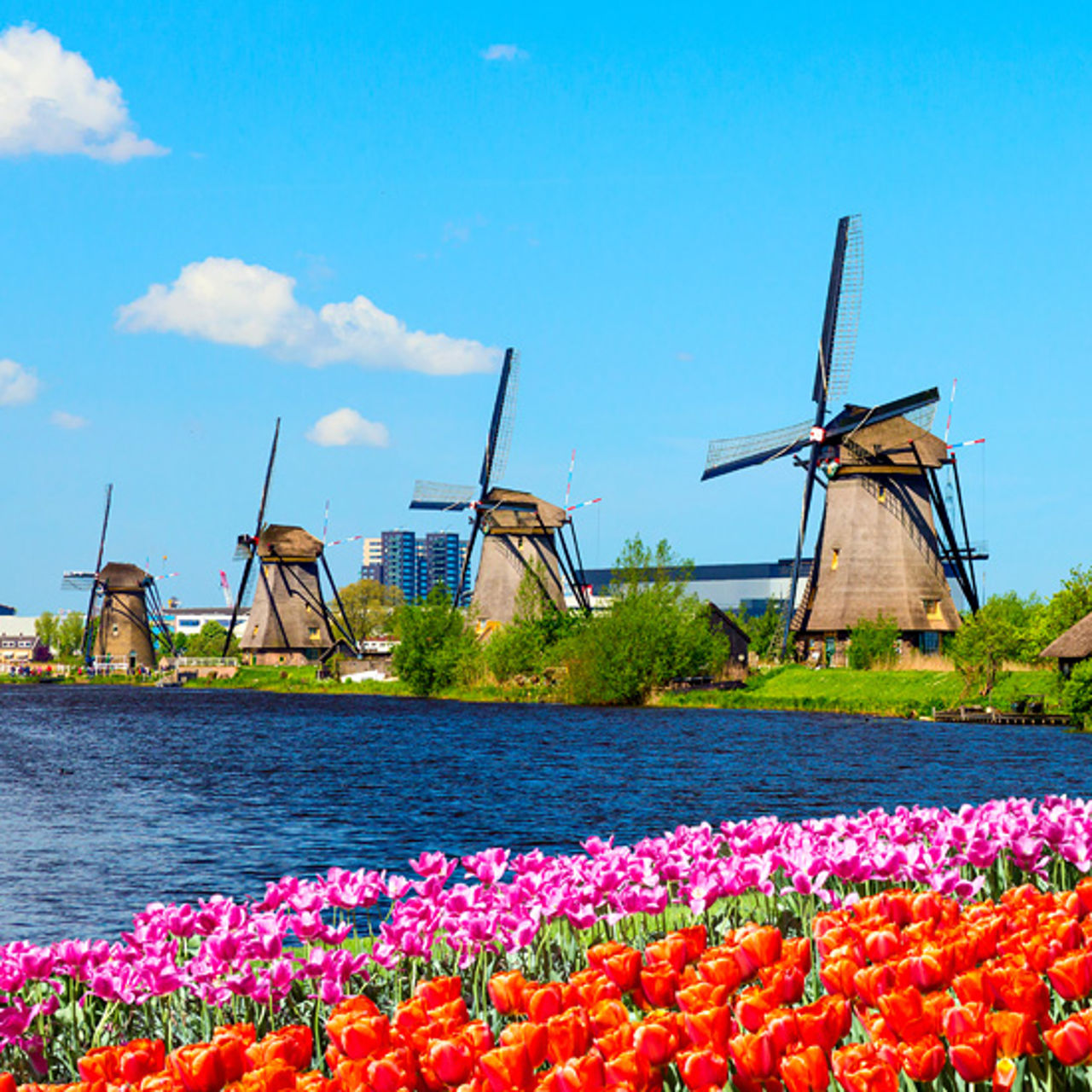
Landscape with tulips, traditional Dutch windmills and houses near the canal in Zaanse Schans, the Netherlands.
Facts about the Netherlands
-
Population: 17.3 million
-
Capital: Amsterdam
-
System of government: constitutional monarchy in Europe
-
Head of State: Willem-Alexander
-
Prime Minister: Mark Rutte
-
Languages: Dutch, Frisian
Statkraft in the Netherlands
Statkraft in the Netherlands mainly deals with market operations and business development.
This is for historical reasons, points out Pieter Schipper, Statkraft's country manager in the Netherlands.
"The Amsterdam office opened in 1998 and was Statkraft's first overseas office. In the beginning we were only 10 employees. Already the following year a much larger European office was established in Düsseldorf, Germany. Operations in many of our business areas, especially related to energy trading, were transferred there. This allowed us in Amsterdam to concentrate more on trade in environmental certificates, carbon quotas and non-traditional business development."
Today, Statkraft in the Netherlands conducts extensive trade in guarantees of origin, green certificates, CO2 quotas and power purchase agreements (PPA) in Europe, Asia and America.
"Statkraft's offices in other countries generally keep themselves busy enough with the activities in their respective countries. Since the market in the Netherlands is so small, we've been able to develop several business areas outside the country. Examples are PPAs in Poland and various green certificates in the US," says Pieter Schipper. Statkraft opened its office in San Francisco, California in 2015.
"The US office has only three employees, but they do an important job selling power from Statkraft's global renewable portfolio to US companies, including large technology companies that wish to make their data centres more climate-friendly. This is an excellent business opportunity for Statkraft, and I'm convinced that we can succeed in other US states, too," says Schipper.
He does not envisage Statkraft investing heavily in power development in the Netherlands, apart from some additional solar and land-based wind power.
"I expect we'll continue with international trade. It's something we have a long tradition for in the Netherlands."
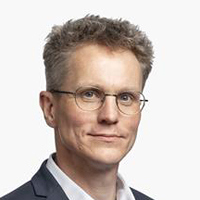
Since the market in the Netherlands is so small, we've been able to develop several business areas outside the country. Examples are power purchase agreements in Poland and various green certificates in the US.
See also

PPA: Enables renewable energy growth
A power purchase agreement is a contract between a producer (seller) and a consumer (buyer) of energy. In recent years it has developed into a win-win solution for maintaining and building renewable e...
Read more

Renewables: Bright future for solar energy
The sun is the fastest-growing energy source in the world. If the trend continues, up to 30 per cent of the world's electricity needs can be met by solar energy by 2040. This has renewed Statkraft's i...
Read more
Other country series articles
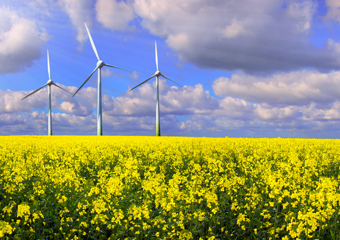
Country series: German energy revolution
2017 marked the first year when more power was produced from renewable sources than from coal in the industrial giant Germany. Nuclear power and coal power will be phased out over the next few years,...
Read more

Country series: Sweden global leader in reducing climate impact
Few countries in the world use more energy per capita than Sweden. Nevertheless, its greenhouse gas emissions are low, thanks to renewables generating a large part of the power consumed. The homeland...
Read more
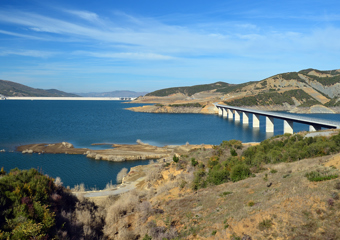
Country series: Albania's hydropower important for the Balkans
Albania can play a key role when the Balkan countries phase out fossil fuels in favour of renewables. Statkraft already operates in Albania, but political risk can put a damper on further growth.
Read more
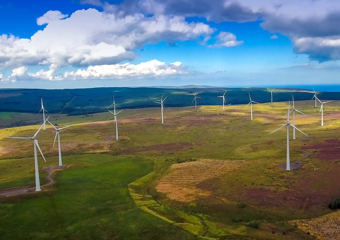
Country series: Ireland with an ambitious climate action plan
About 40 per cent of Ireland's electricity currently comes from renewable sources, but the country aims to increase this to 70 per cent by 2030.
Read more
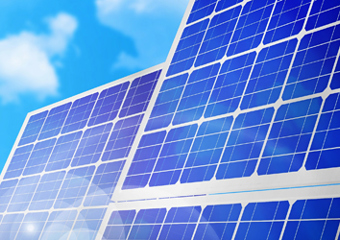
Country series: Green ambitions in Spain
Renewable sources accounted for almost 47 per cent of the electricity produced in Spain in 2021. This is the highest share of renewable electricity since measurements began, but short of the Spanish...
Read more
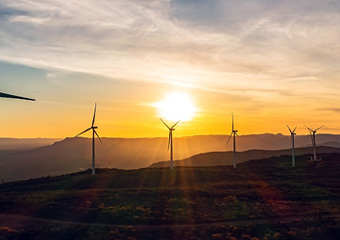
Country series: Resource wealth in Brazil
Brazil is blessed with a wealth of natural resources and one of the world's cleanest power supplies. Large-scale investment in solar and wind power will provide even more renewable power in the years...
Read more

Country series: Ireland with an ambitious climate action plan
About 40 per cent of Ireland's electricity currently comes from renewable sources, but the country aims to increase this to 70 per cent by 2030.
Read more

Country series: United Kingdom, a leader in ambition
The United Kingdom has major ambitions for cutting its greenhouse gas emissions. The goal is to become a zero-emission society by 2050. Getting there will be a taxing process and requires strong poli...
Read more

Country series: Faster progress on renewables in Italy?
With its long coastline, high mountains and sunny Mediterranean islands, Italy should be well placed to increase its production of renewable energy. The challenge is to link power production with co...
Read more
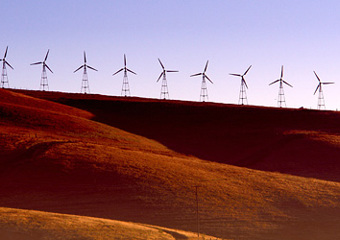
Country series: The United States is still a land of opportunity
Since Statkraft opened an office in the U.S. in 2015, the company's U.S. operations have revolved largely around trading in CO2 allowances and renewable energy certificates. Statkraft is now well posi...
Read more
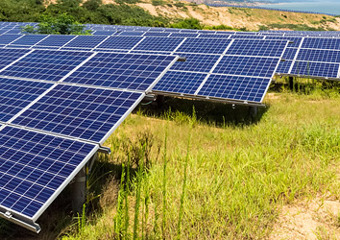
Country series: Renewables grow fast in Poland
Poland is one of the largest countries in Europe both in terms of energy consumption and energy production, and coal is still the main energy source. At the same time, Poland has the fastest growing...
Read more
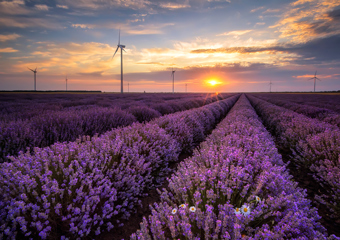
Country series: Green visions in France
Nuclear power nation France faces massive changes in the energy sector in the years to come. An ambitious commitment to wind and solar power is one of the measures that will ensure that the climate ...
Read more
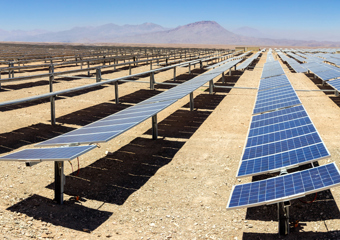
Country series: Chile leads the way with commitment to renewable energy
Chile has ambitious climate targets: 70 per cent of the country's electricity will come from renewable sources by 2030, and the country will be carbon neutral by 2050.
Read more
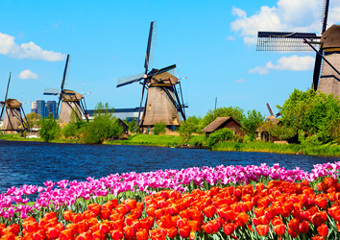
Country series: The Netherlands needs a strong commitment to renewable energy
The Netherlands' actual cuts in greenhouse gas emissions have been small in recent decades. When the government lost a climate change lawsuit, it forced a new national climate agreement that should ge...
Read more
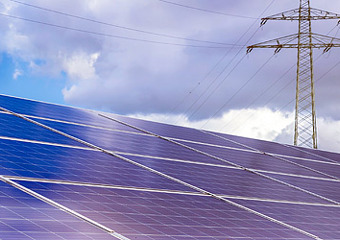
Country series: Sun rising for Croatia
With its sunny Mediterranean coast, Croatia is one of Europe's fastest-growing markets for solar power. By utilising its renewable energy potential, the country can eliminate electricity imports.
Read more